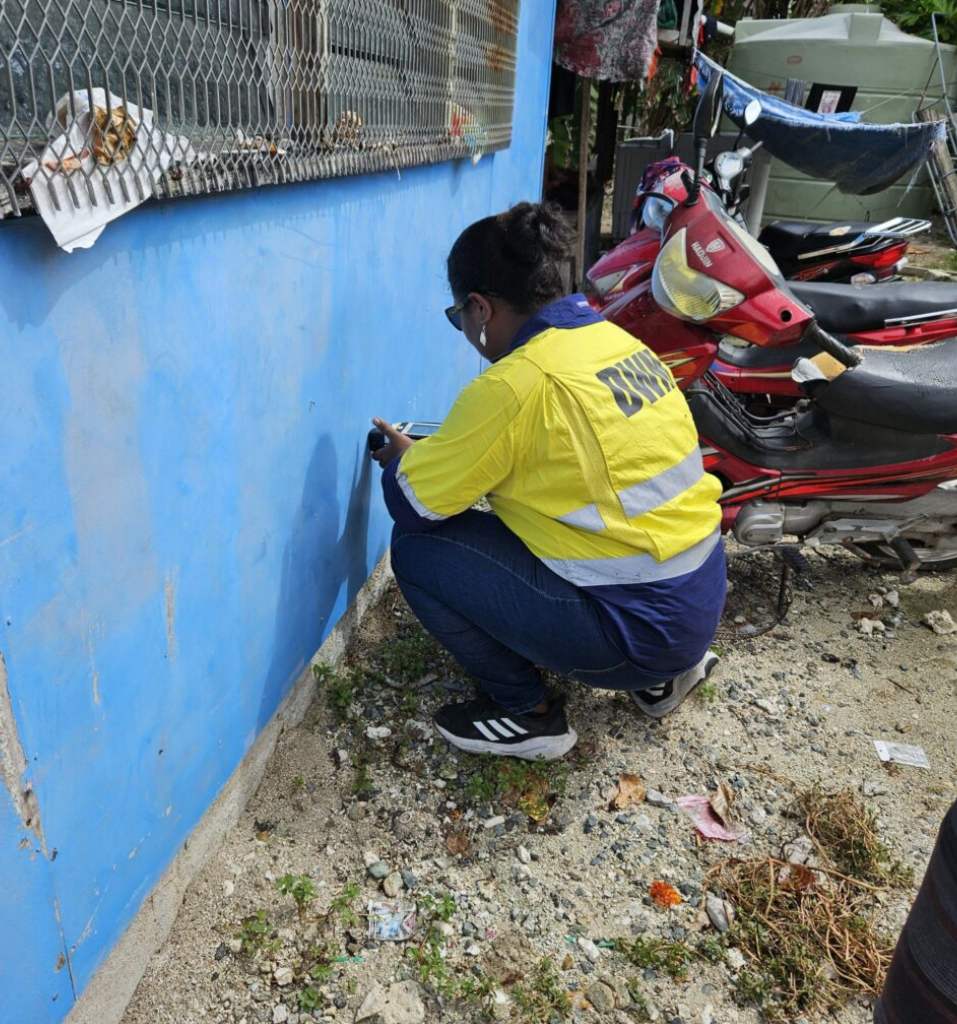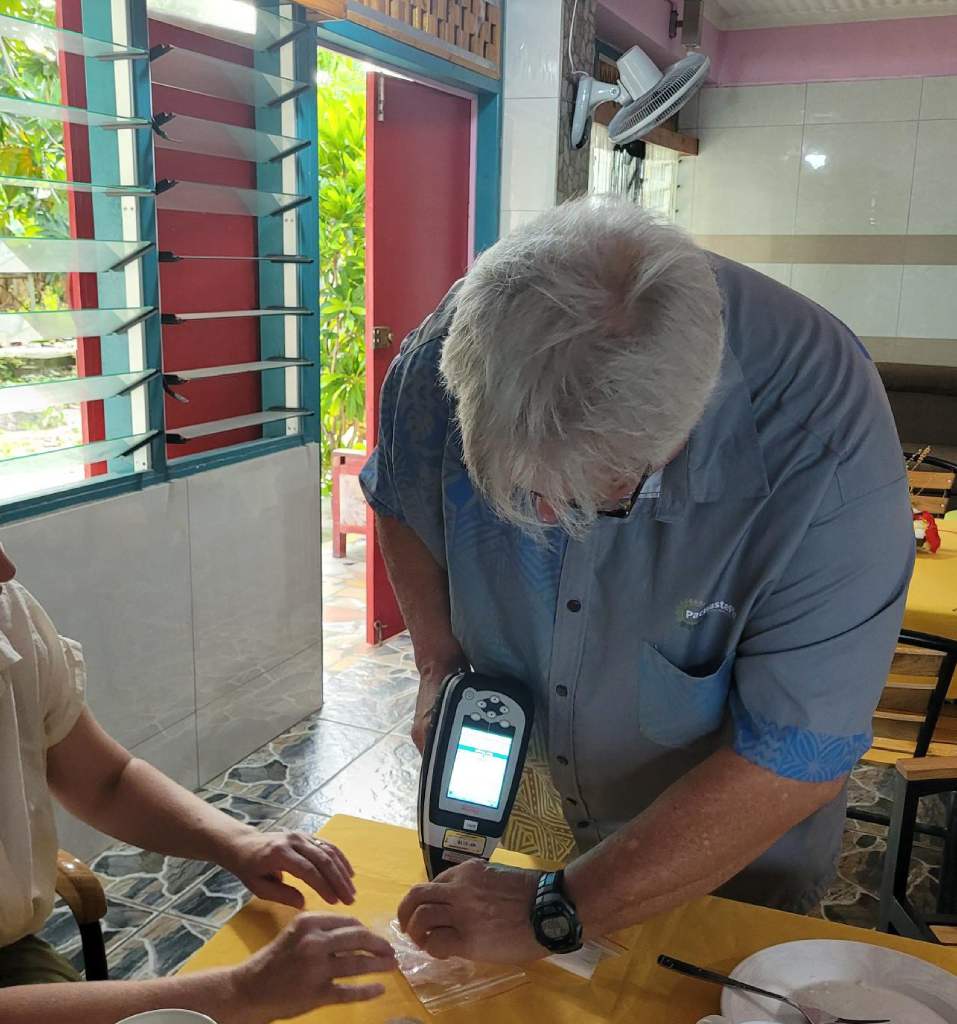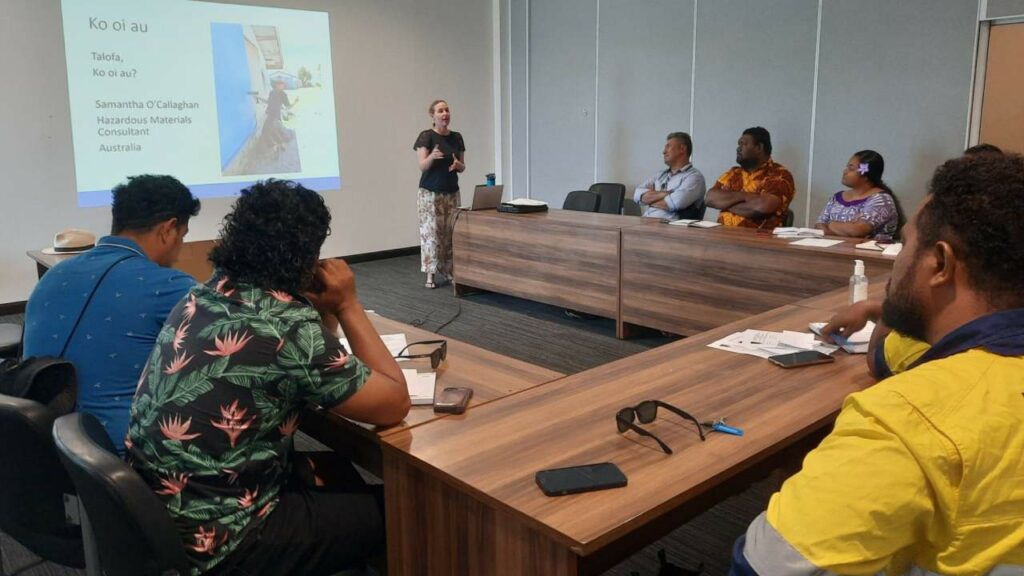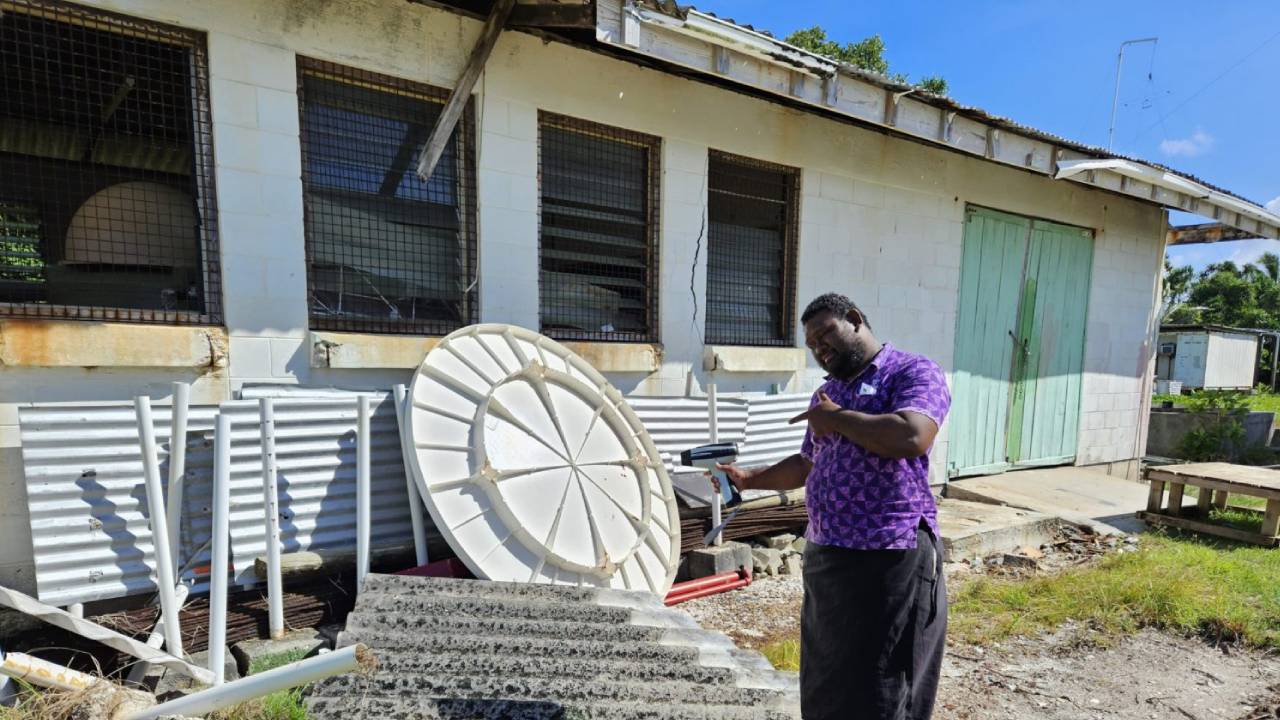Case Study: Screening for Asbestos in Tuvalu with the MicroPHAZIR AS
The health risks of asbestos are well known, so much so that its use was officially banned in Australia in 2003.
Since then, extensive work has been conducted to remove asbestos where possible or to educate people on how to leave asbestos undisturbed.
Unfortunately, its widespread presence in buildings and objects make it difficult to identify and avoid.
The problem is, many smaller nations don’t have the resources or best-practice awareness that Australia has, and these nations remain vulnerable to the scourge of asbestos.
Asbestos on Tuvalu

Tuvalu is a Polynesian archipelago nation in the Pacific, about halfway between Australia and Hawaii. Like many other island nations, asbestos was used widely throughout the country’s infrastructure in the 20th Century and remains a risk for its citizens today.
The Tuvalu Department of Waste Management (DWM) has been working tirelessly to identify, secure or remove asbestos throughout Tuvalu’s nine islands, but they are facing significant challenges.
Lack of Labs
Tuvalu doesn’t have the laboratories required to test the large number of asbestos samples taken during clean-up efforts. This means the DWM is constantly being held up by lengthy lab turnaround times.
While these delays are necessary to keep their operators safe, they are still incredibly frustrating and slow down progress.
Lack of Experts
The other resource shortage in Tuvalu is experts who can safely identify and dispose of asbestos.
The Tuvalu island chain is relatively isolated and it can be difficult and costly to get experts to visit. That means when they do have them, they need to make the most of it!
A Possible Solution
PacWaste Plus programme technical offers, supported by consultant Ms Samantha O’Callaghan of HIBBs, visited Tuvalu on an asbestos identification mission in March.
What was different this time?
They were trialling a Thermo Fisher microPHAZIR AS Asbestos Analyser.
The Thermo Fisher MicroPHAZIR AS

The MicroPHAZAER AS is an industry-leading asbestos detection tool. With its simple point-and-shoot function, and accurate results delivered in just 10 seconds, it lets operators test for asbestos quickly and safely. .
To screen a site, operators simply conduct a series of scans at different points, and if the results are negative they can declare an area safe.
If the results are positive, they can send the sample away for lab confirmation, safe in the knowledge that they haven’t been exposed by needing to take a sample and disturb the contaminated object.
Screening in Tuvalu

The rapid testing ability of the microPHAZIR AS could make a real impact for the DWM’s initiative.
“Undertaking asbestos assessments is very difficult in Tuvalu. We do not have laboratory equipment and it is difficult and expensive for external specialists to visit our outer islands to complete assessments,” said Mr Epu Falenga, Director of Waste Management.
With the microPHAZIR AS, the hope is that much wider areas can be covered in a much shorter time period.
“By testing this new technology and having our own staff experience the various steps to effectively undertake asbestos sampling, empowers us to roll out an assessment ourselves across our nine islands.” Mr Falenga continued.
The Trial

While hopes are high that the microPHAZIR AS will be effective, testing must be completed to ensure it is compatible with Tuvalu’s conditions.
“We need to be certain on the efficacy of this tool, especially in our island settings.” said Mr Falenga.
As part of the trial, Ms O’Callaghan took samples determined to be ‘positive’ for asbestos and sent them to Australia for laboratory confirmation. A capacity building workshop was also conducted with the DWM team, as well as ten other government stakeholders from the Department of Customs and Department of Surveying.
The hope is that the sample determinations will be corroborated in the lab, and that the combined team in Tuvalu will already have the skills required to operate their devices.
To Be Continued
The cause to rid Tuvalu of asbestos is a noble one, and the outcome of this trial will be relevant for the wider Pacific Island region.
For the operators at DWM, any developments that make asbestos detection safer, faster and more accurate will be welcome.
Images and information obtained from www.pacwasteplus.org
